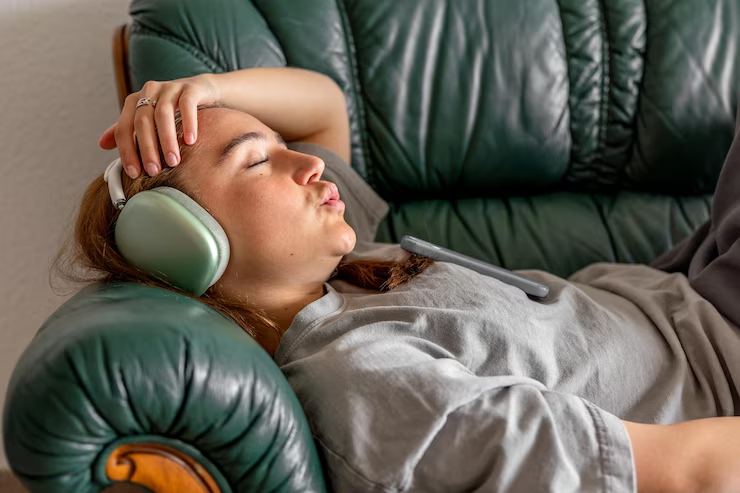
Taking a siesta, or a short afternoon nap, can be very beneficial for both your physical and mental well-being. Here’s why it’s a good practice, especially when done correctly:
Cognitive Benefits:
- Improved Alertness and Focus: Naps can counteract the natural post-lunch dip in energy and concentration, making you more alert and focused for the rest of the day.
- Enhanced Memory and Learning: Napping plays a role in memory consolidation, helping your brain to process and store information learned earlier in the day. This can be particularly helpful for students and professionals.
- Increased Productivity: By re-energizing your mind, a siesta can lead to increased efficiency and better performance in your tasks.
- Boosted Creativity: When your mind is relaxed, it can make new connections and foster creative thinking.
Emotional and Mental Health Benefits:
- Mood Elevation: Naps can significantly improve your mood, reduce irritability, and leave you feeling more refreshed and positive.
- Stress Reduction: Taking a break allows your body to relax and can lower levels of stress hormones like cortisol. It offers a valuable respite from daily demands.
- Reduced Anxiety: By providing a sense of rest and calm, naps can help to alleviate feelings of anxiety.
Physical Health Benefits:
- Better Cardiovascular Health: Some studies suggest that regular napping, particularly short naps, may be associated with a lower risk of cardiovascular disease and can help lower blood pressure, especially after mental stress.
- Improved Immune Function: Adequate rest is crucial for a strong immune system. Naps can support your body’s ability to fight off illnesses.
- Hormone Balance: Sleep, including naps, is essential for keeping hormone levels steady and maintaining a healthy nervous system.
Tips for an Effective Siesta:
- Keep it Short: Aim for 20-30 minutes. Longer naps (over 30 minutes) can lead to “sleep inertia” or grogginess upon waking, as you might enter deeper stages of sleep.
- Nap in the Early Afternoon: The optimal time is generally between 1 p.m. and 3 p.m. Napping too late in the day can interfere with your nighttime sleep.
- Create a Restful Environment: Choose a quiet, dark place with a comfortable temperature. Minimize distractions like phones or TVs.
- Listen to Your Body: While beneficial, not everyone needs a daily nap. If you don’t feel tired during the day, it’s okay to skip it to avoid disrupting your nighttime sleep.
- Don’t Replace Nighttime Sleep: A siesta is a supplement to, not a replacement for, adequate night-time sleep. If you consistently rely on naps due to insufficient night sleep, it’s best to address the root cause of your sleep deprivation.
In many cultures, the siesta is a cherished tradition, recognizing the inherent human need for a midday break, especially in warmer climates where it was practical to avoid the hottest part of the day.
